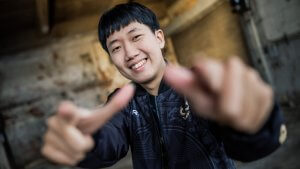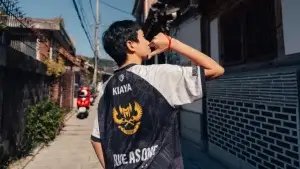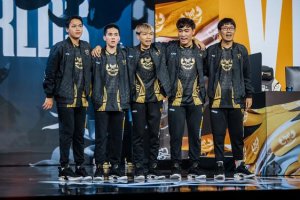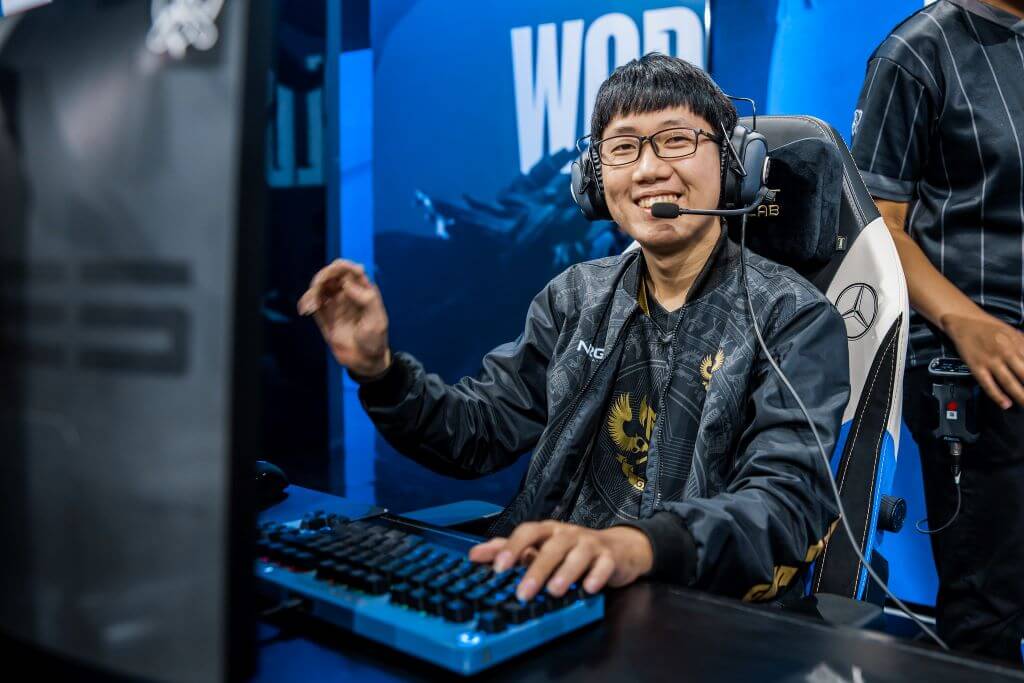Tran “Kiaya” Duy Sang, the top laner for GAM Esports, experienced the 2017 World Championship with fascination. It was the year when his current club, then known as Gigabyte Marines, made waves internationally.
This was the tournament where Fnatic achieved one of the most epic comebacks in League of Legends history during the group stage.
The black & orange team exhausted all their resources to achieve this miracle, inadvertently shattering Vietnam’s dreams initially overlooked and later punished within the international ecosystem.
Unlike most people his age, Kiaya didn’t watch from afar; he felt it up close, eagerly waiting for his chance to break into the Vietnam Championship Series (VCS). Like many in his country, he grew up admiring Do “Levi” Duy Khánh, and seven years later, he is Levi’s legitimate heir.
The Rise of Levi and the Journey of Kiaya

Levi became the face of Vietnamese League of Legends through GAM Esports, capturing the essence of both the club and the entire country. While Levi’s jungle prowess became a commercial success for Vietnam in Riot Games’ MOBA, Kiaya was on the path to professionalism as a trainee.
In early 2017, he spent a month and a half as a youth player with e.Hub United. After Fnatic’s dramatic comeback, Kiaya followed suit with Ultimate, experiencing the growth process of the VCS from within. He witnessed how the success and lessons of the marines influenced other teams.
Levi’s departure to pursue the American dream with 100 Thieves after the 2017 World Championship left GAM Esports without its sports and spiritual leader. This vacuum was filled in two parts: EVOS Esports took over in the first half of 2018, followed by Saigon Buffalo in the second.
Despite the challenges, Kiaya debuted in a tough environment, playing 17 matches in the VCS Summer Split and four in the Rift Rivals, amidst a team marked by instability with 18 changes in the starting lineup. These difficulties would prove valuable in the future, setting the stage for greater challenges.
The Adaptive Role of Kiaya

In 2018, Kiaya faced changes within GAM Esports. Despite retaining Kiaya, the team introduced a rookie, Lê “Yoshino” Trung Kiên, with Dinh “Calm” Trong Quyet and Do “Blazes” Dinh moving to central roles.
Kiaya’s international debut at the 2019 Worlds, known as “the mid laner who played Kled,” left its mark with a memorable solo kill against Chu “FoFo” Chun-Lan of J-Team.
GAM Esports found success in talent opportunities and Kiaya’s sacrifice, rebuilding successfully. Levi returned after a stint with JD Gaming, underscoring the importance of Vietnam and GAM’s mutual need for each other.
Kiaya as GAM Esports’ New Standard

Following that World Championship, Kiaya returned to the top lane, challenging Zeros during a pandemic year. Zeros, later sanctioned for inappropriate comments, highlighted Vietnam’s government protectionism preventing regional participation in the 2020 Worlds.
Despite challenges, Kiaya persevered, becoming Levi’s indispensable partner. He’s now the second-most decorated player in the region, standing out as the only one capable of carrying Levi’s legacy. Seven years later, both face Fnatic again, this time in the Mid–Season Invitational, a blend of pain, excitement, and future expectations.
Conclusion
Kiaya’s journey from substitute to star epitomizes perseverance and adaptability in the esports world. His rise alongside Levi mirrors Vietnam’s growth in League of Legends, embodying the spirit of ambition and continuity.
As they face new challenges, their story remains a testament to dedication and the enduring impact of League of Legends on Vietnamese esports.

